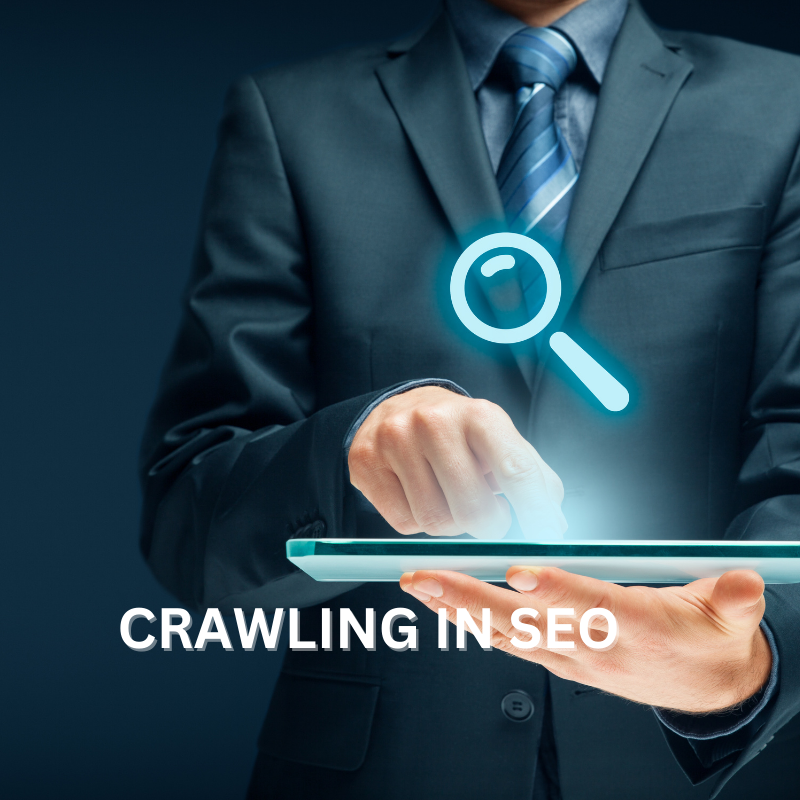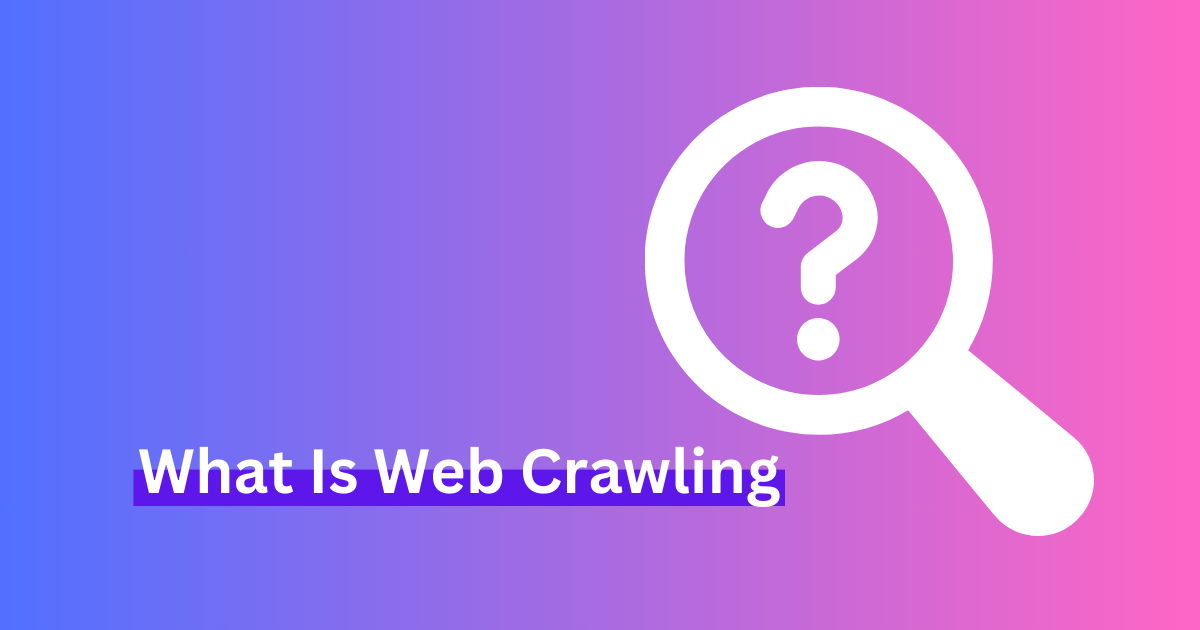What is Crawling in SEO?
Have you ever heard of web crawling and wondered what it was? You’re not alone! Crawling is an integral part of search engine optimization (SEO). It is key to understanding how to optimize your website for maximum visibility. In this blog post, we’ll break down the basics of crawling and how it can help improve your SEO strategy.
Have you ever wondered how search engines like Google and Bing crawl websites? It’s an interesting process that helps the search engine find and index webpages, making them available to searchers. Let’s look at what happens when a website crawls by a search engine.
What Is Web Crawling?
Web crawling is a process by which search engines “crawl” through websites to find relevant content. They use automated programs called spiders, crawlers, or robots to do this.
These robots scan the web pages on a website and collect information about them. Such as the type of content on the page and any links present. The data collected by these robots are then used by search engines to index the pages appropriately so that they are found when someone searches for something related to that page’s content.
How Search Engines Crawl Websites
The first step is for a search engine to send out its “spider” or “crawler.” This spider visits every page of your website, evaluating each page’s content and then adding it to the search engine’s index.
From there, the crawler follows all of the links on the page, including external links, internal links, and even images with embedded links. It continues this process until it can no longer find any new pages to add to its index.
Once the spider has finished crawling through your website and all of its associated pages, it will report back to its host search engine with information about what it found. This includes things like which pages were indexed, which ones weren’t indexed, and any error messages that were encountered along the way.
The search engine then uses this data to update its index with your website information so that when people do searches related to your topic or keywords. They can easily find relevant results in the SERPs (Search Engine Results Pages).
Finally, once all of these elements have been processed by the search engine crawler, it will begin ranking websites based on their relevance and quality of content.
The higher-ranking websites will appear higher up in the SERPs than those with lower rankings. This gives searchers access to more relevant information faster!
What is the difference between crawling and Indexing in SEO
Crawling and Indexing are essential concepts to understand if you’re looking to improve your website’s SEO. Crawling is the process of discovering data on the internet, like a search engine bot discovering a new webpage.
Indexing is when the search engine saves the discovered pages in its database to be used in search results. While crawling, looks for new content and update a search engine’s cache.
Indexing enters those things into its catalogue so users can actually see them when they conduct searches. Consider these concepts if you’re serious about ranking higher on various search engines!
How Does Crawling Help Your SEO Strategy? 
Now that you know web crawling let’s talk about how it helps with SEO. Having your site regularly crawled by search engine bots ensures that your content is always up-to-date and visible on the web.
This means that when people search for topics related to your business or industry. They will be able to find you more quickly since your site will appear higher in the search results.
Additionally, regular crawling ensures that your website’s pages are indexed correctly so that all of its content can be found online.
Crawling also helps with other aspects of SEO, such as keyword research, link building, duplicate content detection, and more. These elements are essential in improving a website’s rankings on Google and other major search engines. Optimizing all these elements properly with regular crawls can significantly improve your organic traffic over time.
Conclusion
Crawling is essential to any successful SEO strategy because it helps ensure that your website stays visible online and is indexed correctly by major search engines like Google. Regular crawls allow you to optimize all aspects of SEO, such as keyword research, link building, duplicate content detection, etc.
Thus improving organic traffic significantly over time. If you want to get the most out of your SEO efforts, then make sure you include crawling into your strategy!
Understanding how search engines crawl websites is important if you want your website to be seen by potential customers or readers by understanding how spiders work. And optimizing your site, including ensuring that all content is indexed correctly.
You can help ensure your website appears as high up in SERPs as possible! With some effort on your part combined with strategic optimization techniques such as keyword research and backlinking building, you can help ensure that more people are finding your website through organic searches!










